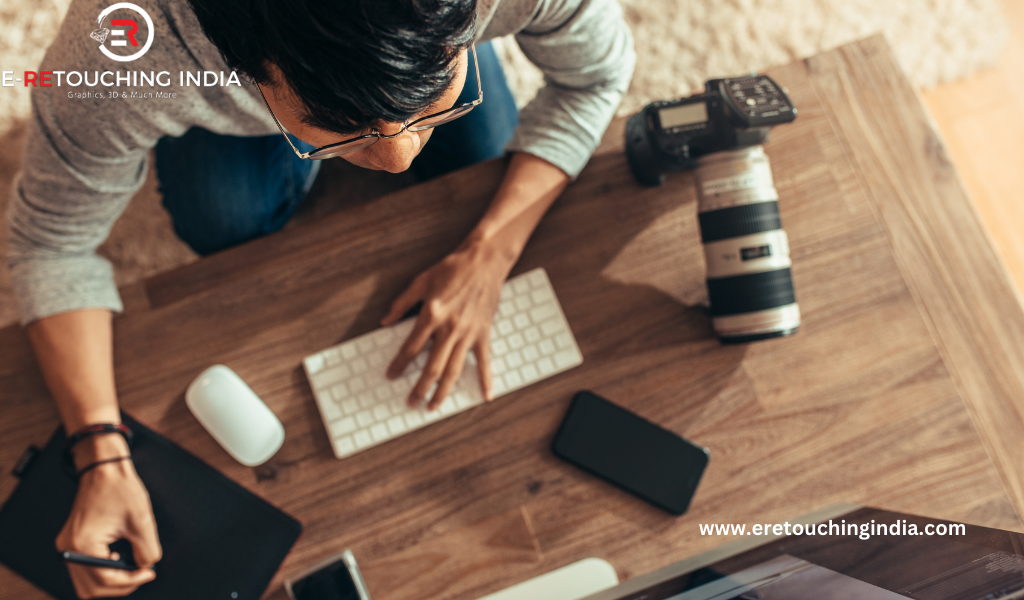High-quality photo edits require technical understanding, ingenuity, and familiarity with equipment.
Some Professional Tips to Get a Valentine's Day Gift Photo Editing Are:
Refining Details with Precision Tools: What distinguishes expert picture editors is their meticulous attention to detail. Utilize precise tools like the clone stamp, healing brush, and content-aware fill to amplify an image's finer edges. With these tools, you may easily get rid of distractions, imperfections, or undesired parts.
To get a natural and finished look when dealing with portraits, be sure to pay particular attention to skin retouching techniques. To create different effects, try using different blending modes, including overlay, soft light, and multiply.
Mastering Color Correction and White Balance: Color correction and balancing are crucial to photo editing and generating an eye-catching image. White balance changes are essential to color correction in High-Quality Photo Editing. Photos shot in dim light can need a little tweaking to bring out their true colors. Expert picture editors can modify the white balance with tools like tint and temperature adjustments.
If you want your results to look natural and beautiful, you should study the color wheel and learn how different shades interact with each other. To get the most realistic color representation while altering colors consider neutral grey regions or other reference points.

Utilizing Non-Destructive Editing Techniques: By allowing you to make edits to an image without affecting the original file, non-destructive editing gives you more control while protecting the original. Modification layers, smart objects, and masks in Photoshop and similar programs allow for this.
You can simply go back and make more tweaks without losing quality by using non-destructive procedures. Prior to applying filters or modifications, transform layers into smart objects. The original data is preserved, and effects can be easily modified or removed later on in the editing process.
Learning How to Use Blending Modes and Layers: In photo editing, layers are the fundamental unit that enables you to stack various effects and objects in jewelry image editing. The many blending modes control the interplay between these layers, opening up a world of artistic freedom. Determine the optimal crop ratio in product photo editing for highlighting the subject and improving overall balance before making any final compositional judgments.
Different platforms may have different requirements, so it's important to consider if the image is for print, social media, or web display before making any adjustments while giving photo editing services.
Conclusion
Mastering the art of photo editing takes time, effort, and dedication to learning new things. Your photo editing skills can reach professional levels if you learn how to use non-destructive editing techniques in E-Commerce Photo Editing, how to balance composition and crop, how to comprehend layers and blending modes, how to refine details with precision tools, and how to master color correction.
No matter your level of experience, these suggestions can be easily integrated into your workflow to help you capture more visually attractive and meaningful photographs.

